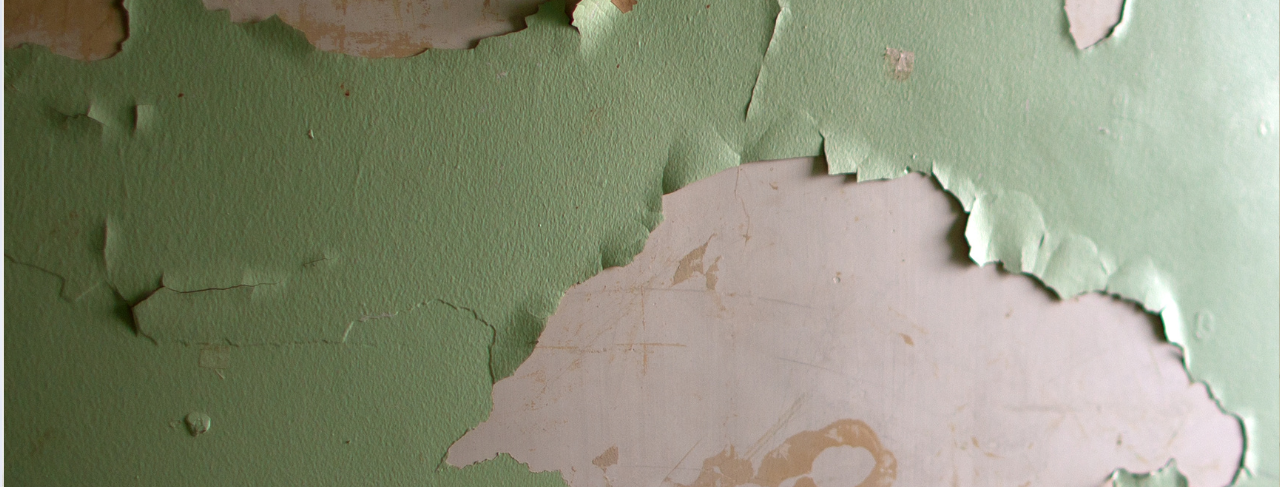
Can You Paint Over Lead Paint?
Posted on February 28, 2022
If your home was last painted prior to 1978, there may be lead in your home. The manufacture of paint including lead was initially banned in 1978 when it was discovered lead could harm humans, especially children. However, lead paint was still used until the supplies ran out, so homes were still being contaminated after 1978. The accepted solution was to encapsulate, or cover up the lead based paint. Today we will discuss how to know if your home has lead paint and what to do about it.
Lead Poisoning
At some point in the 1970’s it was discovered that lead ingested by children could cause a litany of health problems, including death. Most of the time, the children were eating the lead via dried paint chips. Too often, window sills went unmaintained, so the paint would peel. Unfortunately, window sills are often within the reach of children, resulting in the children eating the paint chips and absorbing the lead.
As a result, manufacturers began producing lead based paint testing kits. These testers are widely available and resemble a crayon. Lead based paint testers include a chemical that turns pink in the presence of lead. If lead is found, the solution is to encapsulate, or simply cover up the lead paint.
Never Sand Leaded Paint
The standard procedure for painting often includes roughing up the surface prior to painting. It should be noted that lead based paint should never be sanded, as may occur with other paints projects. Lead can be easily inhaled, so sanding lead based paint should be avoided. In situations where lead exists, it should be painted over.
Although the manufacture of lead based paint ended in 1978, the issue continued for many years as stocks were depleted. Because paint tends to last for many years, it is still found in homes today. As mentioned previously, lead based paint should never be sanded off, so how do you make it safe? You just primer and paint over it.
Use Safety Gear
For the do-it-yourselfer, using appropriate safety gear, such as a respirator, is recommended. Lead can be so harmful to humans that even a small exposure can cause health problems. As a result, even if the lead paint appears intact the pros recommend using a respirator and full body protection when working around it. After all of the lead paint has been painted over, it has been encapsulated and is no longer a concern.





